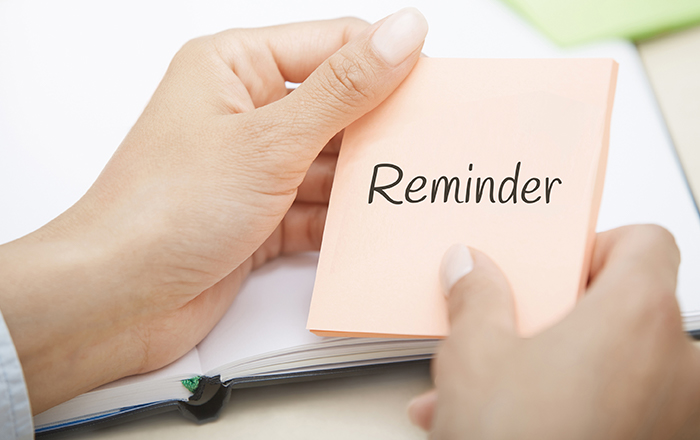
Midlife Game Changing Habits
Top Five Strategies You Need To Know
‘Holly, do you have any big strategies to navigate midlife?
‘Y’know, the surefire, game-changing, non-negotiables that mean you’re always so on point?’
Whoa. Now, there’s a question…
And it’s probably the one I’m asked most — on the pickleball court, out to dinner with friends, by clients and colleagues…
First — let’s get one thing straight, I am most definitely NOT ‘so on point…’ (!)
Hey, I may be a Midlife Transition Coach, but I worry about my turkey neck as much as the next woman! I’m struggling to sleep through the night. Trying to figure out how to empty nest… gracefully.
I too, question those goals I held for SO long, that sometimes feel flat and uninspiring…
Sure! We’re a boat load wiser. But if you find yourself wandering into the bedroom, forgetting why you’re there — and instead your thoughts turn to:
>> Who the heck am I?
>> What’s next?
>> And how the hell do I begin to figure all this out?
Then you need…
The Top 5 Strategies To Thrive In Midlife Right Now
Yeah, that’s right: these are the non-negotiable, instrumental habits you need to adhere to IMMEDIATELY…
No joke.
Because ladies, I believe — no, I know — these habits are SO powerful, you’ll finally find your groove… and forge your path towards a fuller, happier, more meaningful life.
(And hey, it’s what you’ve been asking for!)
Because honestly? Let’s just not age gracefully. Let’s age powerfully…
And dive right in!
- Keep Your Attitude in Check
Even I find myself slipping into silly comments like: ’… well, I am an old lady.’ But, the more we indulge in that language, the more we give it mileage — the harder we’re making it for ourselves to switch gear and age optimally.
Energy attracts like energy.
The truth is, we’re living longer fuller lives than ever before. There are inspiring women out there absolutely killing it in midlife, knocking it outta the park! So, instead of indulging in negative language, flip the script to stories of strong, vibrant, engaging older women…
And surround yourself with as much knowledge and education to live your life more powerfully.
Check out this podcast: Radically Reframing Aging, and hear Maria Shriver discuss how we can all live our healthiest, most joyful lives as we grow older.
- Embrace The Now
(Or, in short — if not now, when?)
If there’s one thing the pandemic taught us, it’s not to hang around. I’ve worked with so many women who have had the rug pulled out from under them — diagnosed suddenly with breast cancer, diabetes, or their husbands get sick…
You might remember last year my mom was diagnosed with Alzheimer’s. It’s brutal. And I don’t know how long it’s gonna last…
But I can’t live in a state of inertia thinking ‘once she has full time help’ or ‘once she’s in assisted living, well, then I can focus on xyz.’ I can’t wait, and I can’t put things off. I have to honor the fact it’s all consuming, accept it, yet still move forward.
If we don’t start rockin’ and rolling now, then when will we?
- Treat Life As An Experiment
It’s easy to get stuck in a rut — what we eat, how we exercise, even the makeup we use! (Am I right?) But our bodies have changed, our metabolism’s not so fired up, and chances are what worked in our 20s or 30s just ain’t gonna cut it.
It’s time to shake things up…
You have GOT to have an experimental mindset.
For example, I just don’t have the stamina that I used to. Honestly, the sh*t I could get done in a day… I’d whizz my daughter to dance class, get to the shops, see clients. Now? I just want to chill a little bit.
So, I’ve switched up my day. I do deep work in the morning. And at 3, 4pm, I honor my need to rest. I’ll take the dogs for a walk, meditate, connect with a friend for coffee. And maybe then when I’ve done those things to nourish my soul — I’ll see an evening client.
Try some new things on for size –experiment– not every action you take will be a home run but wisdom gained revealing what feels right, purposeful and fulfilling to you.
- Rewire Your Inner Dialogue
Let’s cut to the chase here. You’ve already spent half your life beating yourself up, telling yourself you aren’t enough. Do you really wanna be 80 — and still judging yourself?
Or, looking back on your life wishing you’d been more present with your children, partner… but you were just too damn wrapped up and consumed by your own thoughts?
Y’know, I’m just so done with it…
Ladies, it’s time to let go of those old stories holding you back. Next time you hear that inner critic tell you you’re ‘less than’ say to yourself: ‘I’ve got this. I’m committed to my growth.’ Or ‘I’m discovering day-by-day what my goals and priorities are.’
… And shut down that negative talk in its tracks.
- Cultivate Connection
Most research will say, the number 1 predictor of happiness is the quality of our social relationships. Take this from an introvert! (Or rather a social introvert — I love people, but can handle them better in smaller groups…) 😉
But, that being said…
Here, we’re talking positive relationships. The ones that inspire, support, and challenge us. A diverse network — whether that’s seeing your best friend for lunch, or clicking with a virtual Mastermind group. Connecting with your sister, or a work colleague living overseas…
These things keep us sharp, our wellbeing intact. They light us up.
Because the truth is, the struggle is real. Midlife is tough. There’s no denying it. But I know with my whole being, that if you can adapt your habits and mindset to embrace these changes — you will reap the difference in your life…
And glide into the next phase, with power, purpose and meaning. On your terms.
XO
Holly
P.S. Tell me, what are your top strategies for dealing with the chaos of midlife? Which older women truly inspire you? Comment below (or drop me an email) I’d absolutely love to know!



